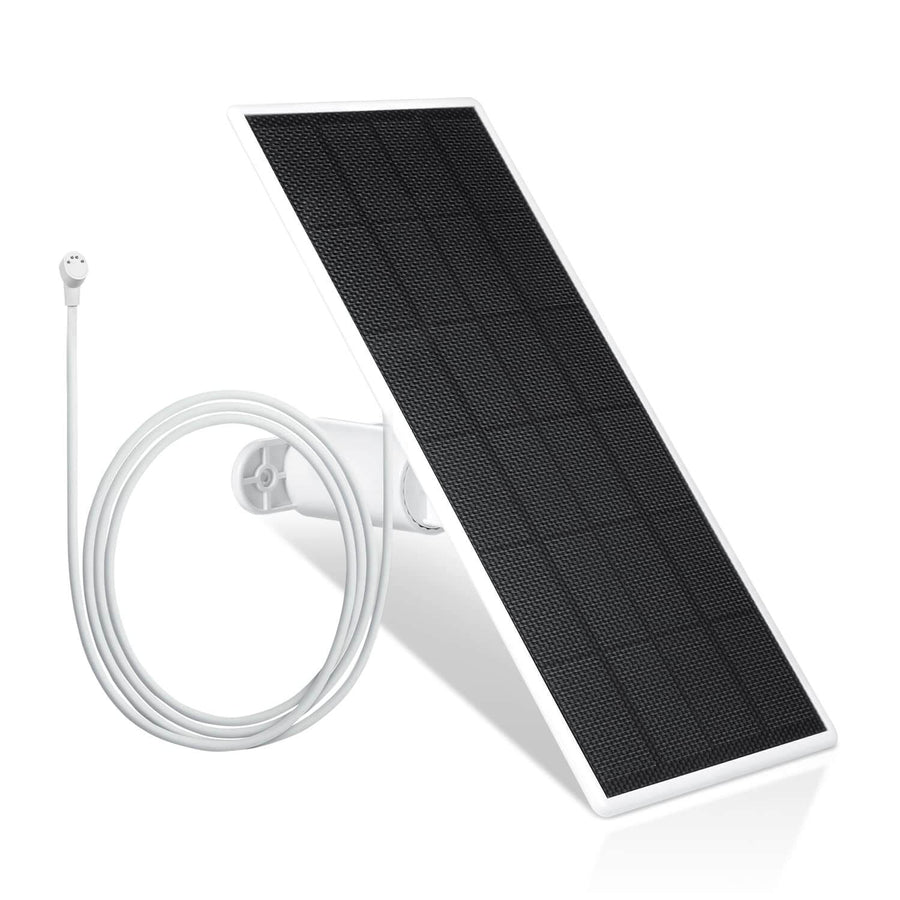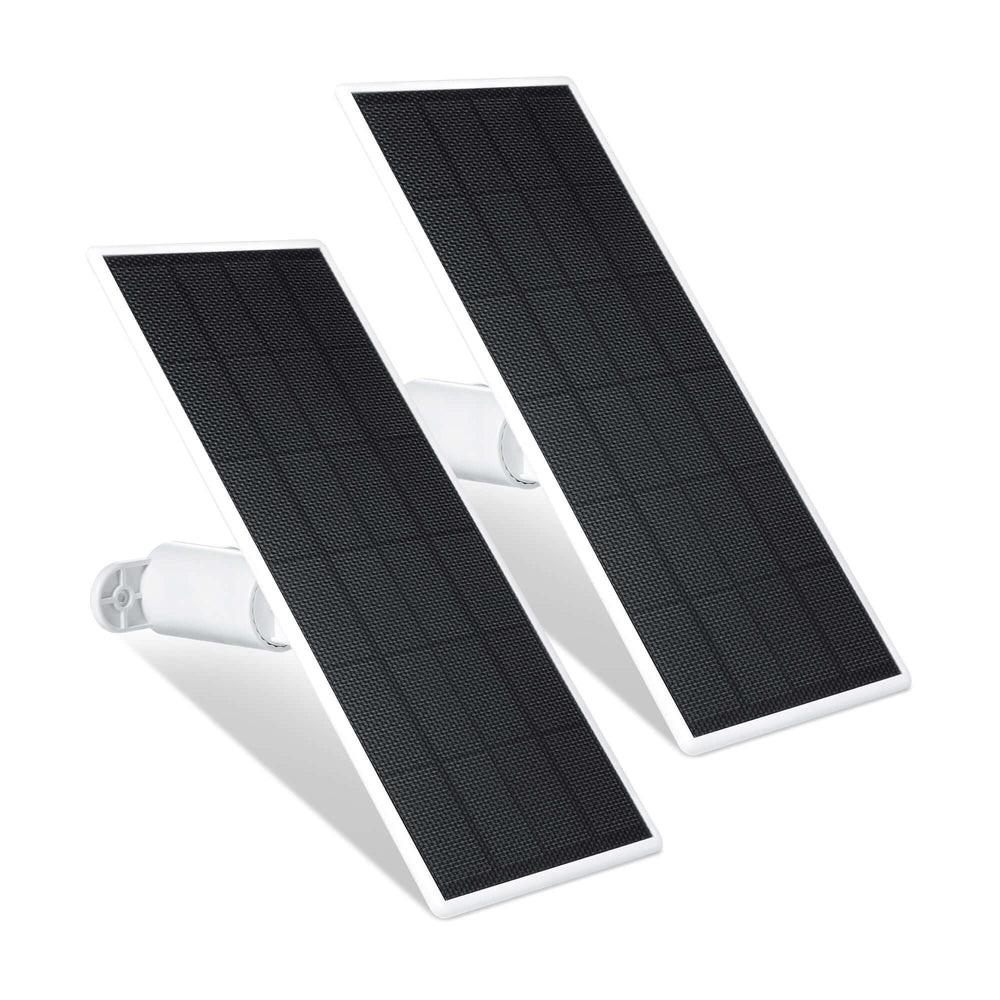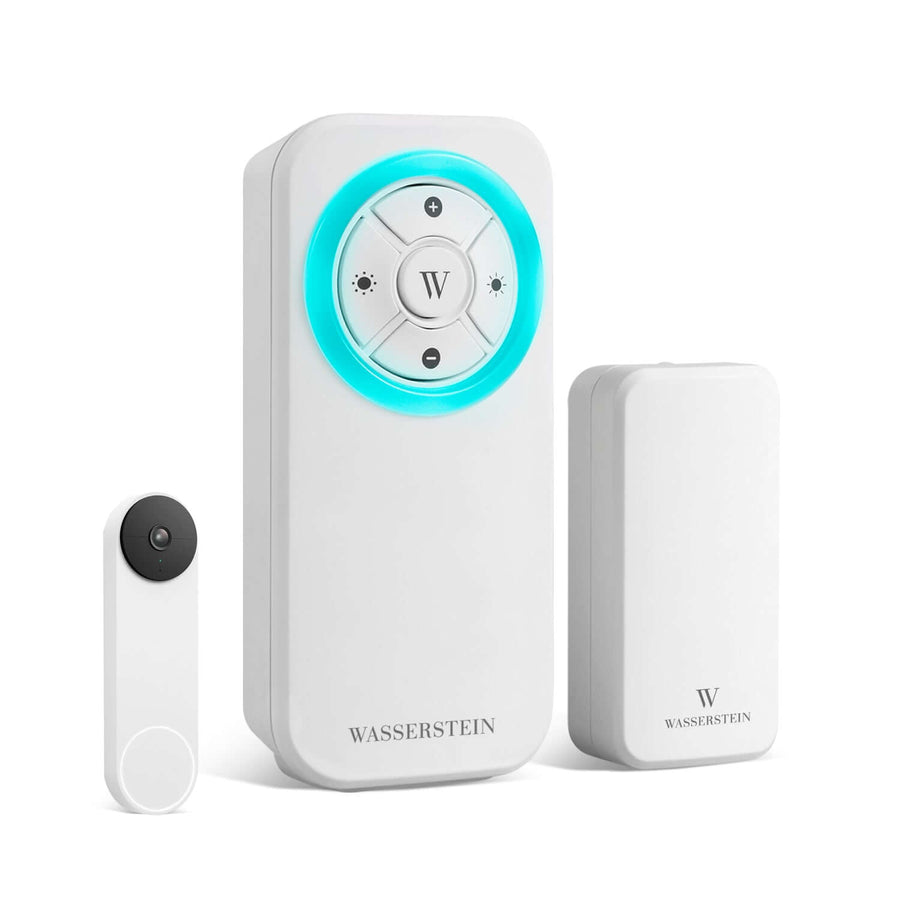PIR Meaning in Cameras: Everything You Need to Know
Surveillance systems have come far from the bulky and boxy closed circuit television (CCTV) cameras from a decade ago. Today, smart cameras come in a more compact form—some even as small as your palm—but with more efficient and advanced technologies. Among these technologies is PIR motion detection, which has become a crucial buy-or-not feature for property owners looking to fortify their security. But what does PIR mean in the context of surveillance, and how does it improve your home or business security setup?
This comprehensive guide will walk you through everything you need to know about PIR cameras, from how they work and their key benefits to choosing the best model for your specific needs. Whether you're exploring PIR motion sensor cameras or advanced alternative radar motion detection systems, you'll find valuable insights here.
What Is PIR on a Security Camera?

PIR stands for Passive Infrared, a technology used in motion detection cameras and security systems to detect heat emitted by living beings or vehicles. A passive infrared PIR sensor is designed to detect changes in infrared radiation naturally emitted by objects. Every object emits a certain level of infrared energy, especially warm-blooded creatures like humans and animals.
Unlike traditional motion detection systems that record continuously, PIR cameras only activate when they detect movement. This ensures more accurate motion detection and helps in reducing false alarms compared to pixel-based motion detection.
Understanding PIR camera features benefits your security setup by conserving battery life, reducing data and storage usage, and improving detection reliability.
PIR technology is especially valuable in battery-operated devices such as the Eufy 4G LTE Cam S330 and the ever-popular Blink Outdoor 4.
How Does a PIR Security Camera Work?
PIR security cameras operate based on the principle of detecting infrared radiation (heat) emitted by objects. These cameras come equipped with sensors that monitor for temperature changes in their environment.

Here’s a detailed breakdown of the key functions:
- Heat Detection: PIR camera detect motion by recognizing heat differences, making them excellent for detecting movement intelligently and notifying users only when needed.
- Triggering an Event: When the sensor detects movement, the PIR camera activates to start recording, send alerts, or perform an automation task. This saves storage by not recording unnecessary footage.
- Day & Night Functionality: Because PIR sensors detect infrared energy, they work effectively in complete darkness. This makes them superior to some pixel motion detection cameras that rely on ambient light.
Differences in PIR Performance
PIR sensor accuracy can vary based on factors like placement, distance, field of view, and ambient temperature. High-end models can detect motion up to 32 feet and across a 90°–120° angle. Some advanced units also combine PIR with radar-powered motion detection or AI-based facial recognition to improve accuracy and reduce false triggers.
PIR vs. Traditional Motion Detection
Modern motion detection technology offers several methods for identifying movement, but two of the most widely used systems in today’s security cameras are Passive Infrared (PIR) and Pixel-Based Detection. Each method has its own strengths, and choosing between them often depends on your specific environment, power requirements, and goals for reducing false alarms.

PIR cameras rely on detecting infrared radiation naturally emitted by warm-bodied objects. These systems are widely appreciated for their ability to differentiate between meaningful movement—like a person walking—and environmental noise like shadows or wind. On the other hand, pixel motion detection cameras analyze changes in visual data between frames, which can be highly effective in static environments but more prone to false alerts.
For users seeking a more sophisticated motion detection system, radar motion detection camera models are a great alternative. The advanced alternative radar motion detection uses emitted radio wave signals to track movement with high precision, even detecting motion through partial obstructions. While typically more expensive, these systems are ideal for users who demand ultra-accurate detection.
PIR Cameras vs. Pixel Motion Detection Cameras
- PIR Detection: Detects changes in infrared energy. It focuses on heat sources such as humans or pets, enabling the camera to ignore irrelevant motion like leaves or light shifts.
- Pixel-Based Detection: Compares visual changes between consecutive frames. Although flexible and widely available, it can trigger false alerts due to lighting variations or weather.
Benefits of Using PIR Motion Sensors
- Reduces false alerts compared to pixel motion detection cameras.
- More accurate detection of living beings and warm vehicles.
- Ideal for battery-operated models, conserving power by only activating when detecting motion.
- Lower data and storage usage since they don’t continuously record.
- Sensor camera remains passive, extending lifespan and battery performance.
Limitations of PIR Sensors
- Shorter detection range compared to radar powered motion detection.
- Cannot detect through obstacles or glass, unlike some radar technologies.
- Not optimal for high-speed movement, where advanced radar motion detection or AI-enhanced systems like BionicMind AI facial recognition technology may outperform.
Benefits of PIR Cameras for Home and Business Security
Whether you're securing a house, a retail space, or a remote property, PIR cameras offer several advantages that make them a practical choice.
Learn what to look for in a security system.- Minimized False Alarms: PIR cameras ignore irrelevant motion like shadows or blowing debris, focusing only on objects that emit heat. This drastically cuts down on unnecessary notifications.
- Energy Efficiency: Because the camera remains dormant until triggered, PIR sensors save power, extend battery life, and improve the longevity of wireless security systems.
-
Better Night Vision Detection: Unlike pixel detection, PIR functions independently of visible light, making it ideal for low-light or completely dark environments.

- Smart Integration: Many modern PIR cameras integrate with smart home ecosystems like Amazon Alexa, Google Assistant, and other smart security systems, offering features such as voice commands, app control, and automated routines.
Best Use Cases for PIR Cameras
PIR cameras are incredibly versatile and suitable for a wide range of environments. Here are some ideal scenarios:
- Outdoor Surveillance: Designed to monitor driveways, backyards, and garages. Outdoor PIR cameras are typically weatherproof and come with enhanced range and motion zones. Check out top outdoor camera options for 2025.
- Indoor Monitoring: Useful for entryways, hallways, living rooms, or any place where human activity needs to be monitored. They can be discreetly installed for pet watching or baby monitoring.
- Smart Home Automation: PIR cameras can trigger smart lights, alarms, or lock systems. For example, a PIR sensor can detect motion at the front door and automatically turn on porch lights or sound an alarm.
- Wildlife Monitoring: Capture footage of nocturnal animals or monitor barns, sheds, and gardens. PIR sensors activate only when animals are present, saving energy and storage.
How to Choose the Right PIR Camera: Key Features to Look For
When selecting a PIR camera, keep the following features in mind to ensure optimal performance for your specific environment:
-
Detection Range & Sensitivity: Choose a camera with adjustable PIR sensitivity and a long detection range (up to 32 feet). The Blink Outdoor 4, for instance, lets you adjust the IR sensitivity from the app.

- Field of View: Look for models with a wide-angle lens (90° to 120°) to cover more area and reduce blind spots.
- Night Vision Compatibility: Ensure the camera supports infrared night vision or full-color night mode for 24/7 surveillance.
- Integration with Security Systems: Select models that can be synced with your home or business security system, cloud services, and smart assistants.
- Power Options: Consider whether the camera supports multiple power methods, such as battery, solar, and AC power.
Explore our top-rated floodlight camera systems
Common Misconceptions About PIR Cameras
Despite their popularity, several myths persist about how PIR cameras work. Let’s set the record straight.
- PIR Does Not Record Video: True. The PIR sensor itself doesn’t record footage; it triggers the camera to start recording.
- It Cannot See Through Walls or Windows: Correct. Infrared radiation doesn’t pass through solid objects or glass. Avoid placing PIR sensors behind windows.
- Not Effective for Fast-Moving Objects: Some PIR sensors may not respond quickly enough to fast movement, especially at longer distances. Combining PIR with radar or AI can overcome this issue.
How to Optimize PIR Settings for Maximum Efficiency
To maximize performance and reduce false alarms, use these tips to fine-tune your PIR camera settings:
- Adjusting PIR Sensitivity: If you’re receiving too many or too few alerts, tweak the sensor’s sensitivity through the camera app.
- Proper Camera Placement: Install the camera at an angle facing high-traffic areas. Avoid direct sunlight, heat vents, or reflective surfaces.
- Reducing False Alarms: Eliminate clutter, reposition sensors to avoid pets, and run routine tests to ensure accuracy.
FAQ
What is the difference between PIR and motion detection?
PIR uses infrared radiation to detect heat changes, while pixel motion detection monitors visual changes between video frames.
Do PIR cameras work at night?
Yes, they detect heat, not visible light, and are ideal for nighttime use.
Can PIR sensors detect animals and small objects?
Yes, if they emit enough heat and are within the sensor’s sensitivity range.
Do PIR sensors work through glass?
No, infrared radiation does not penetrate glass. Place cameras outdoors or where they have direct line-of-sight.
Can I adjust PIR sensitivity?
Most modern PIR cameras allow you to adjust detection sensitivity via their mobile app.
Do PIR cameras drain battery faster?
No. Since PIR cameras activate only when necessary, they conserve battery power and reduce data usage.








Leave a comment